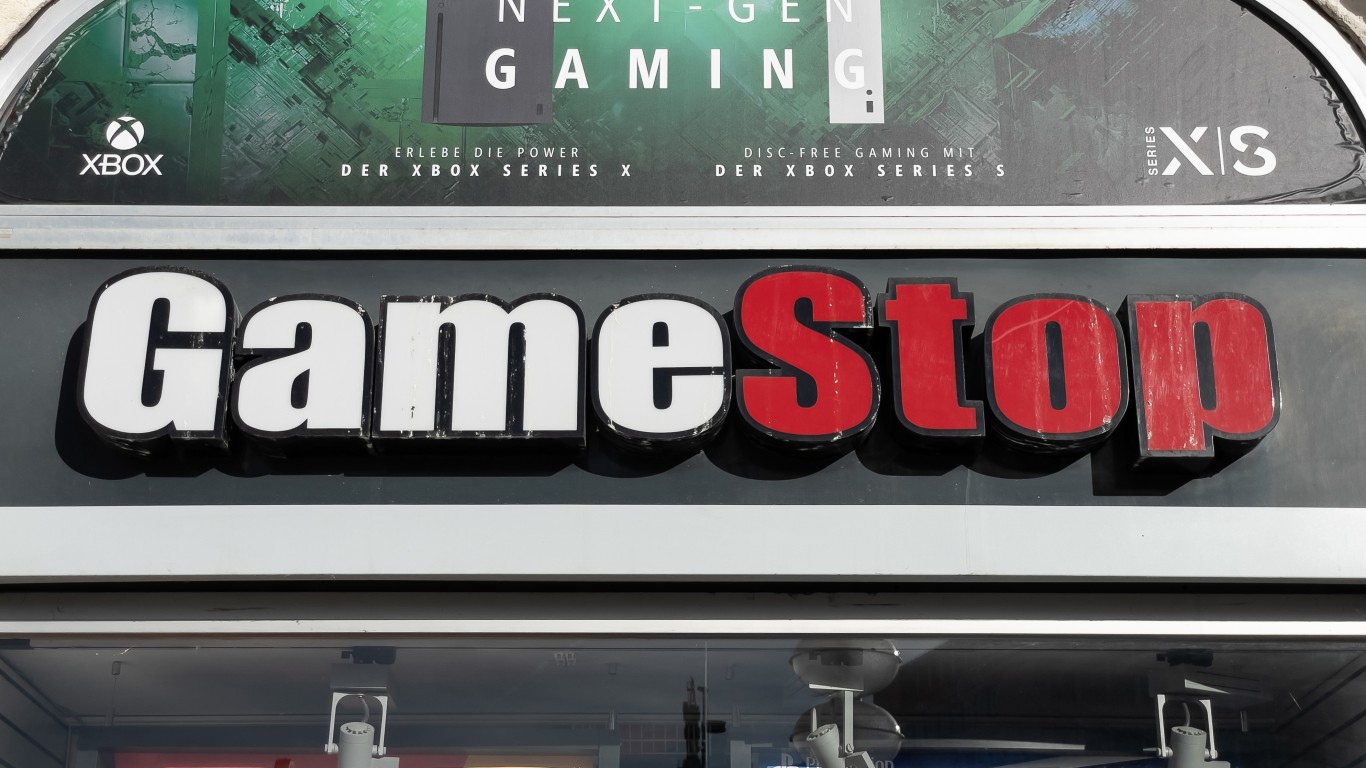
Once hailed as the frontline exchange in offering leveraged derivatives trading, now-defunct FTX also issued another novelty – tokenized stocks. One of the most popular tokenized stocks is GameStop (GME). To understand what happens to these assets now is to understand how they are regulated.
What are Tokenized Stocks?
Just as stablecoins are synthetic assets that derive value from the dollar in a one-to-one ratio, so are tokenized stocks synthetic assets that do the same for companies’ equities. In both cases, the value of an off-chain asset is tracked on-chain in the form of a token.
Token is a contract solely focused on relaying value, while a smart contract governs the conditions under which such value is used. Therefore, when people say they trade tokens, they mean to say they execute a code by which tokens interact with smart contracts.
It is then a matter of ensuring if that coded value is backed, whether the asset is a stablecoin or a stock. Specifically, the value of FTX tokenized stocks is ensured by the German-based CM-Equity AG, a fully licensed investment management firm.
Where Does FTX Fit in the Tokenized Stocks Custody Chain?
Although Binance, Bittrex, and FTX popularized tokenized stocks, it was the Estonian exchange DX that first started listing this form of asset in 2019. While Binance canceled the offering in July 2021 due to legal issues, FTX launched tokenized stocks in July 2022 to its FTX.US users.
It is important to understand that stock value could be tokenized purely on-chain, without intermediaries, through the use of an oracle network like Chainlink. Typically, these digital derivatives are referred to as synthetic assets or “synths”.
For example, a decentralized exchange DeFiScan.Live trades dGME synths as on-chain tokens, redeemable with DefiDollar(DUSD). This is a meta stablecoin index backed by Curve.Fi liquidity provider (LP) tokens.
In the FTX case, they offered tokenized stocks backed by real equities thanks to their partnership with CM-Equity AG. This means that FTX was an intermediary of an intermediary. In other words, stock exchanges are the infrastructure for CM-Equity AG mediation, while CM-Equity AG is the infrastructure for crypto exchanges like FTX.
Moreover, unlike synths that are on-chain, FTX’s version of tokenized stocks is tied to its CM-Equity AG provider.
“It would be really powerful to be able to freely move tokenized stocks on the blockchain, but as of now FTX and CM-Equity do not support that. They remain on FTX, a tied agent to CM-Equity,”
Sam Bankman-Fried, former CEO of FTX
Unlike synths, FTX stock tokens offered dividends, but without other shareholder privileges such as voting rights. This begs the question, what happens to FTX’s tokenized stocks now that the exchange is bankrupt and immersed in multiple layers of fraud?
Are FTX Stocks Redeemable?
Before Binance canceled its tokenized stocks, also supplied by CM-Equity AG, users were able to trade with them just like they would with regular shares on Robinhood. However, due to market latency issues and slippage during closed hours, the prices were not 100% aligned between real stocks and tokenized stocks.
When it comes to redemption, Binance had settled its stock tokens in stablecoins, with an applicable redemption fee. As an infrastructure intermediary, CM-Equity AG does not redeem FTX stock tokens, which is explicitly stated on the company’s official website.
“CM-Equity AG is a sole infrastructure provider and thus doesn’t answer questions on services for endusers.”
Instead, FTX used Swiss-based Canco GmbH firm as the settlement counterparty for its derivatives contracts, including tokenized stocks. On April 12th, Canco became FTX Switzerland, one of the 100+ companies that filed for bankruptcy as part of the FTX group.
This means that owners of FTX stock tokens became FTX Switzerland customers, after going through regular know-your-customer (KYC) procedures, including proof of address and facial verification.
“FTX Switzerland custodies the equities at a third party brokerage firm. Canco GmbH (FTX Switzerland), instead of FTX Trading Ltd, FTX Digital Markets Ltd or other affiliates, provides the brokerage services.”
FTX.com
Presently, it is not clear how such settlements can be executed with the stock section of FTX not working. There is also the matter of the Cyprus regulator demanding FTX.EU to suspend operations on November 9th. In September, FTX Europe established itself in Switzerland, gaining approval from the Cyprus Securities and Exchange Commission (CySEC).
More importantly, it is questionable if FTX tokenized stocks were properly issued as securities in the US. After all, FTX listed zero bitcoins on the bankruptcy filing, despite having $1.4 billion in BTC liabilities.
Shouldn’t the SEC Have Registered FTX Tokenized Stocks?
CM-Equity AG is responsible for backing FTX tokenized stocks with real equities. It would then stand to reason that the SEC, in charge of the US securities market, would verify if FTX.US had filed an insider form as a major shareholder.
Specifically, the SEC’s Form 4 states it is used so the public is “made aware of the insider’s various transactions in company securities”. This includes derivative securities and convertible securities. The SEC offers multiple transaction codes, one of which could cover tokenized stocks as derivative security.
Furthermore, given that SBF admitted to having used the exchange’s native FTT token to leverage users’ funds, it may be the case that FTX’s entire product line of tokenized stocks has been leveraged in the same manner. Tokenized stocks could have then been used as a propping mechanism in the FTX’s house of cards.
Is the SEC Engaged in Anti-Market Activities?
In both cases, for Bitcoin and GME tokenized stocks, there is now a growing concern that FTX/Alameda had used naked shorting to suppress assets in order to support Alameda’s altcoin portfolio, without having to register these activities.
This aligns with the SEC Chair Gary Gensler repeatedly turning down spot-based Bitcoin ETFs in favor of future-based ETFs. With so many ties between Gensler, the political establishment, and SBF’s donor activity, it remains to be seen how the FTX fallout resolves.
The FTX rabbit hole could go as deep as FTX buying Voyager Digital and other companies to forestall its margin calls. After all, FTX had issued massive loans to Voyager. To prevent other debtors liquidating Voyager’s crypto assets, and triggering subsequent selloffs, FTX may have bought these assets as another illusory value-propping mechanism.
In the end, SBF’s Ponzi scheme appears to have been too over-leveraged to make a difference.
Do you think the government could step in and bail out FTX user funds? Let us know in the comments below.
The post What Happens to FTX’s Tokenized Shares Now? appeared first on Tokenist.
This article originally appeared on The Tokenist
Sponsored: Find a Qualified Financial Advisor
Finding a qualified financial advisor doesn’t have to be hard. SmartAsset’s free tool matches you with up to 3 fiduciary financial advisors in your area in 5 minutes. Each advisor has been vetted by SmartAsset and is held to a fiduciary standard to act in your best interests. If you’re ready to be matched with local advisors that can help you achieve your financial goals, get started now.






